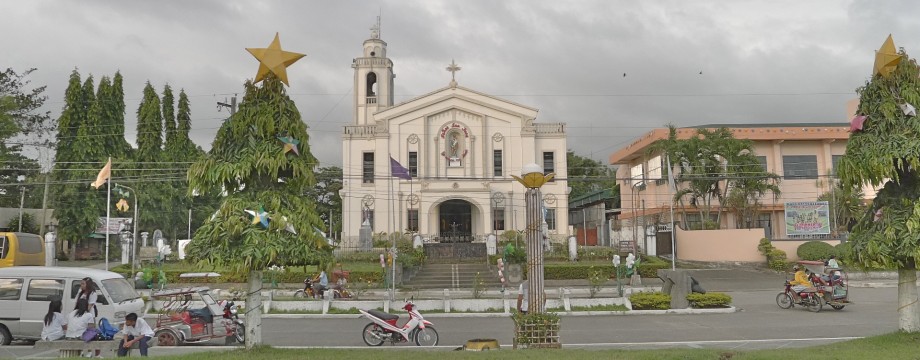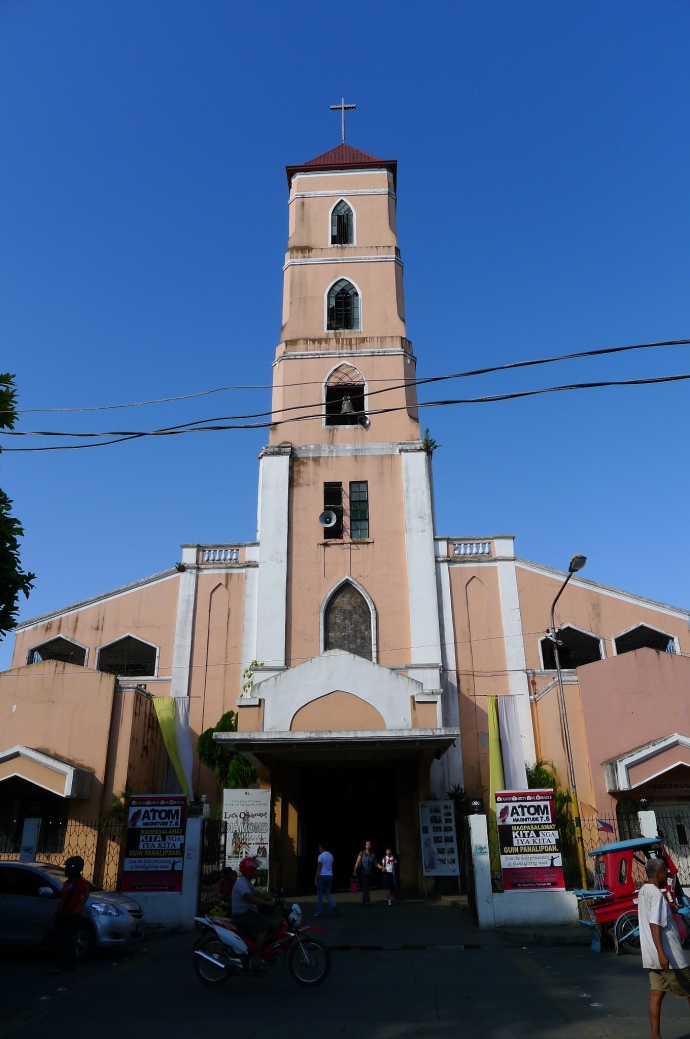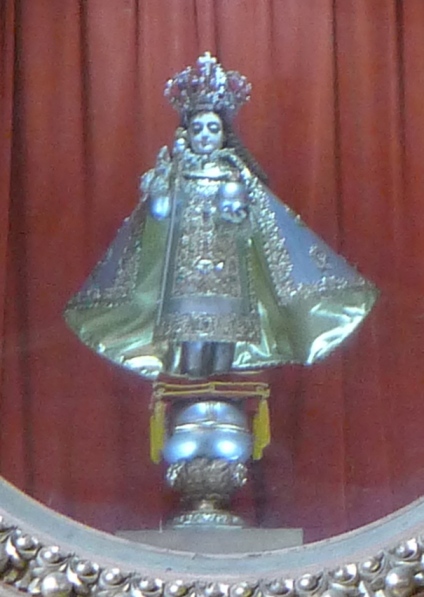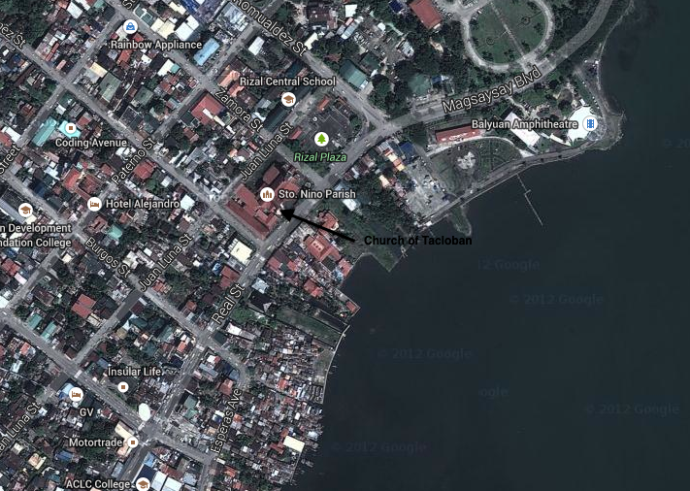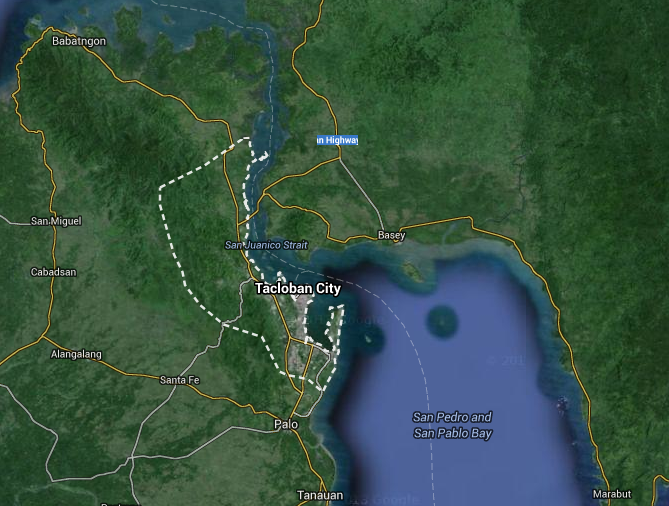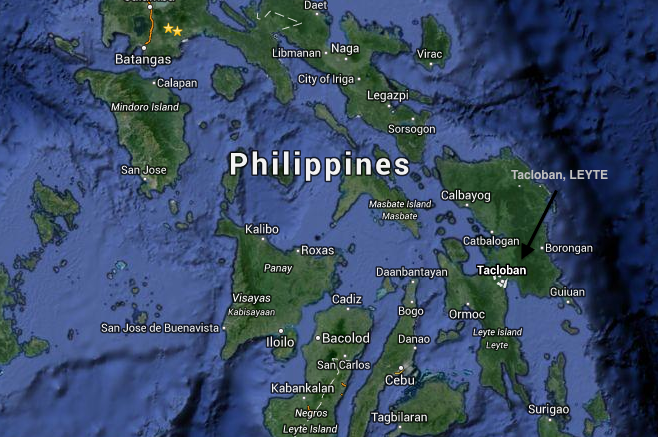The Church of Tacloban:
About the Church of Tacloban:
Historically the founding of Tacloban Parish is not known, but History records that it was under the spirituall jurisdiction of the parish of Basey, Samar. Civilly, however, Tacloban was just another barrio of Palo. It was not until 1780 that it became a town. Its orginal name was “Kankabatok”. It was in 1813 when its name was changed to Tacloban. The name Tacloban is a corruption of the word, “tarakloban” which means a place where they catch fish with the trap called “taklob”.
Tacloban’s venerated and miraculous image is the Senor Sto. Nino. According to the writings of lluminado Lucente, the Santo Nino of Tacloban dates back to the year 1739. No mention, however, is made in the accounts of of early Jesuits missionaries who evangelized the island. It is most likely that the veneration of this image reached Leyte Island due to the strong devotion to this same image in Cebu, Panay and other parts of the visayas. To the Visayan Santo nino was a patron, a protector in times of drought, disease, hunger and fire. They therefore made Santo Nino as the object of veneration, devotion and attachments.
Tradition also has it that this miraculous image actually belonged to Buscada, another barrio of Basey. Tacloban had her own image, but it was smaller and less beautiful but because of the greater number of inhabitants in kankabatok than in Buscada, the parish priest deemed it proper to exchange images. Thus, Tacloban obtained possession of the present image.
The traditional fiesta celebration of Sto. Nino was always on the third Sunday of January. But events happened that altered the tradition. In 1888 the image was sent to Manila for restoration. The day of the fiesta came in 1889 but the image did not arrive. The boat carrying the image caught fire at sea and all the cargoes including the crate containing the image were thrown overboard.
Nothing was heard of the image for some time. It was until May that the Leyte government officials were informed that a heavy crate marked for Tacloban had been salvaged off the coast of Mindoro. It contained religious articles and the Sto. Nino image. Soon, the Hermano Mayor chartered a boat to fetch the image. In theafternoon of June 30 , 1889, the boat carrying the Sto. Nino docked at panalaron, amidst the great rejoicing of the people.
To commemorate the images return, the people set aside June 30 as the feast day of Sto. Nino de Tacloban.
It was in1967 that Sto. Nino de Tacloban became the Heavenly protector of the Leyte, by a diocesan decree. At that time, Rev. Fr. Cornelio Parado was the parish priest and Norberto Romualdez was the Hermano Mayor of the Tacloban Fiesta. The Canonical enthronement and coronation of the Sto. Nino of Tacloban as Patron of Leyte was made in the 1968 City fiesta.
The parish of Tacloban, in the course of years, was devided into smaller parishes. In 1959 a parish was created to serve the Chinese community: the present Sacred Heart parish administered by the Chinese fathers. In 1967, two parishes were created: St. Jude Parish in the north, and the redemptorist parish in the south.
By 1989, Sto. Nino parish celebrates the centenary jubilee since the miraculous return of the Sto. Nino image in Tacloban.(Source: Archdiocese of Palo Website)
Map Showing the Location of the Church and Tacloban City:
Other Pictures of the Church:
- The Church of Tacloban
